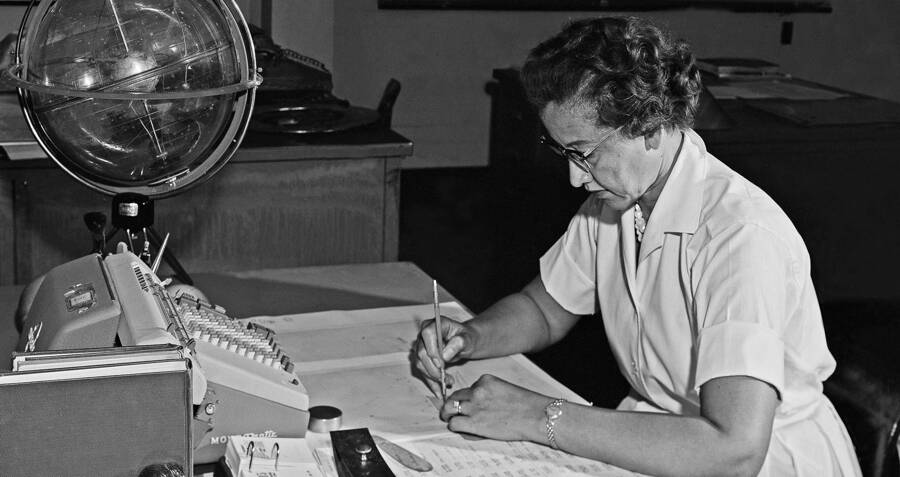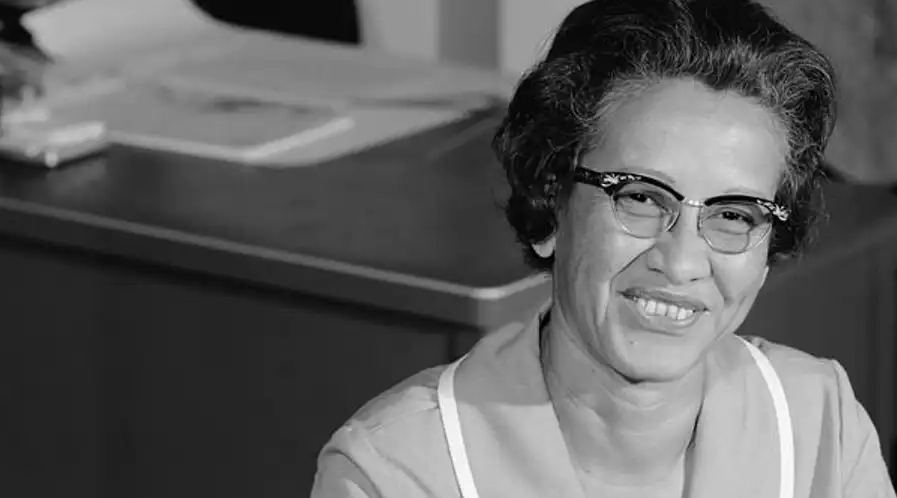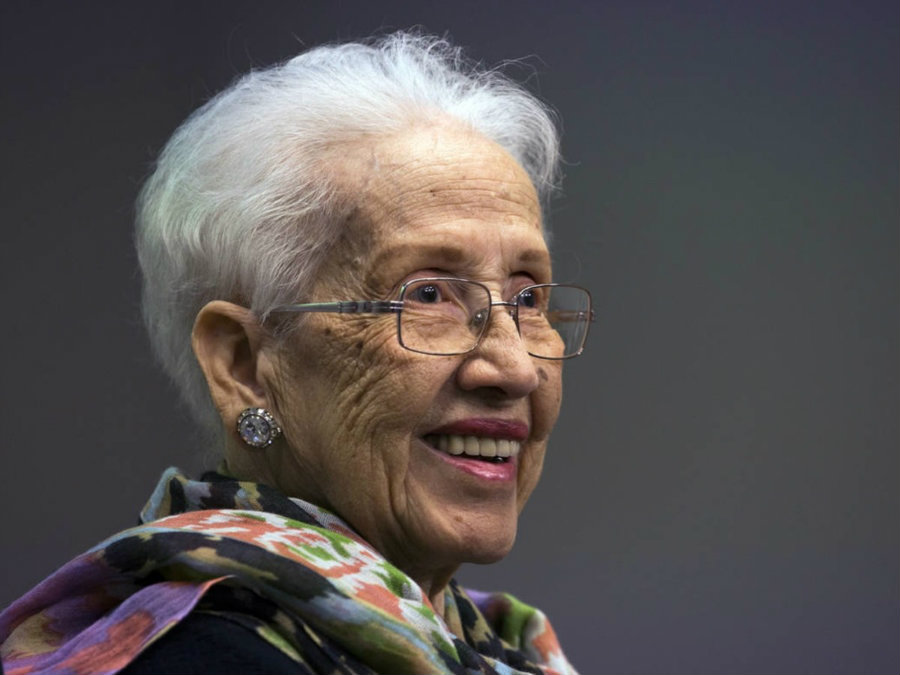

You know, you don't have to make too much noise, just do what you have to do.” “My mom said, be assertive, not aggressive. Hylick remembers her mother telling her and her sisters to do what you have to do to get the job done. What she had that I think got her through was, she was fearless.” “It was kind of hard for females to be in the workforce number one, and then to be in a field like research, and mathematics, she sort of had to feel her way. “You can just imagine in the 30s, 40s, and 50s,” Moore says.

Moore says her mother was a model of fearlessness when she and her sisters were growing up. A third daughter, Constance Goble Garcia, died in 2010. Moore had a 33-year career as math teacher and counselor. Joylette Hylick began working for NASA after she graduated from Hampton University in 1962. “You know, she just did it.”īoth Johnson’s living daughters followed in their mother’s footsteps to became mathematicians. “She was a mathematician bar none, but she didn't wear it,” Moore says.

It wasn’t Johnson’s intention to break down barriers, says Kathy Moore, the youngest of her three daughters. In 1952 Johnson joined NASA and its cohort of Black women mathematicians. In 1939, Johnson was selected to become the first Black woman to integrate West Virginia University’s graduate school, where she pursued a master’s degree in mathematics.
#Katherine johnson nasa scientist full#
Because of this, Johnson’s father, Joshua Coleman, moved the family 125 miles to the town of Institute, also in West Virginia, where she and her siblings could receive a full education. In her hometown of White Sulfur Springs, West Virginia, Black students in the segregated education system could go no further than sixth grade. Johnson was fortunate to have had access to schools and education beyond the reach of most African Americans at the time. She then entered West Virginia State College, a historically Black College and University, and finished her undergraduate degree by the age of 18. She entered high school when she was 10 and graduated four years later. Most notably, in 1969 she calculated trajectories that led the Apollo 11 to the moon, one of America’s greatest scientific feats. A year later, her calculating skills helped John Glenn to become the first American to orbit the Earth. Shepherd became the first American in space. Her exceptional work as a mathematician guided the 1961 mission on which Alan B. ( Historic pictures show the hidden women of the space race.) “Katherine Johnson, the human computer, the third African-American woman to get a Ph.D., who helped NASA put an astronaut into orbit and then help put a man on the moon, inspires me with her pioneering legacy to break barriers and to challenge norms as a teacher and as a woman of color,” Gupta says.Īs seen in the 2016 Academy Award-nominated film Hidden Figures, Johnson was among a group of Black women described as “human computers” who worked at NASA, then called the National Advisory Committee for Aeronautics, calculating space flight trajectories by hand. That legacy of inspiration lives on in Kavita Gupta, a chemistry teacher at Monta Vista High School, in Cupertino, California. Katherine's legacy of exploration, innovation and inspiration lives on, and we are in awe of her remarkable achievements." “Fifty years ago, the Apollo 11 astronauts were awarded with the medal, and we’re honored to recognize the mathematician whose precise calculations made those flights possible. "We are honored to present Katherine Johnson the Hubbard Medal, the National Geographic Society's highest recognition, for her extraordinary contributions in the fields of science and exploration,” National Geographic Society CEO Jill Tiefenthaler said this week. She is an awardee of the Presidential Medal of Freedom, and the 2020 recipient of the Hubbard Medal, National Geographic’s highest honor, recognizing a lifetime achievement in research, discovery, and exploration.

Born in 1918, Katherine Johnson was one of the first Black students to integrate West Virginia’s graduate schools before becoming a NASA mathematician, where she helped send astronauts into orbit around Earth and to the moon and back.


 0 kommentar(er)
0 kommentar(er)
